Culture March 24, 2020
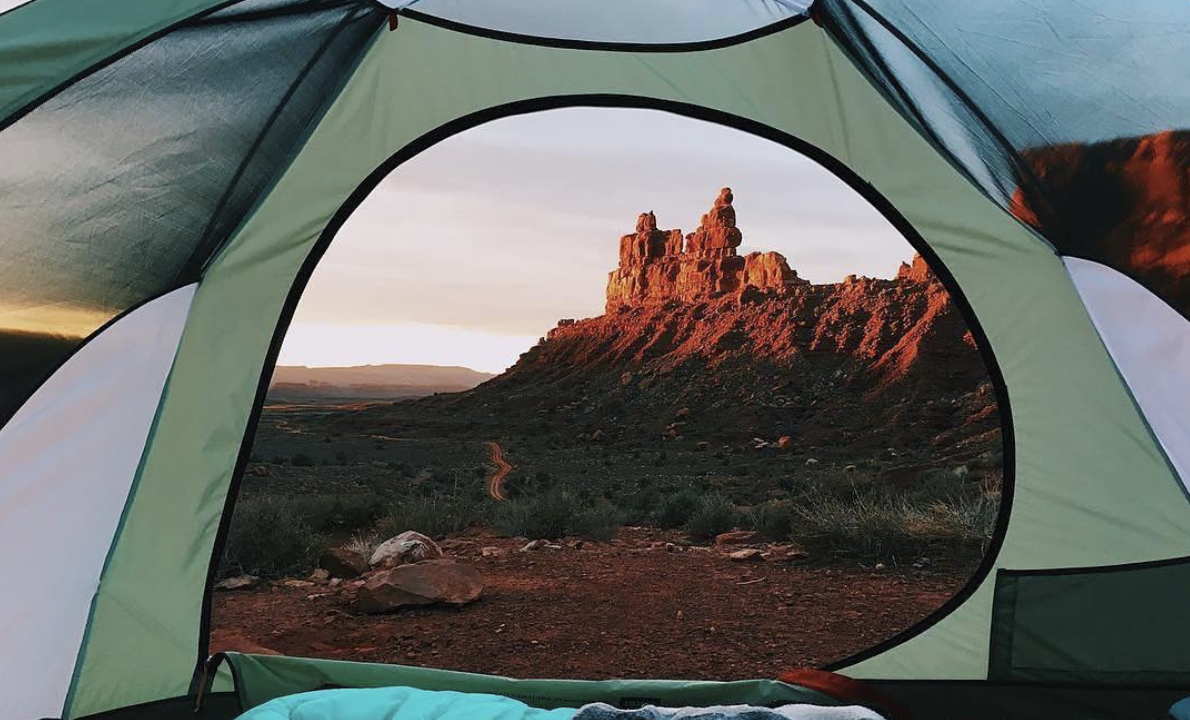

There are many different values in Native American religions, as Native Americans practice many different beliefs. However, a common moral exists between many tribes: humans and nature should co-exist. While this way of life roots back to religious traditions that were cultivated long before the arrival of settlers, these Native American religious values are often forgotten as dominant American cultures assert power and force over marginalized Native American tribes.
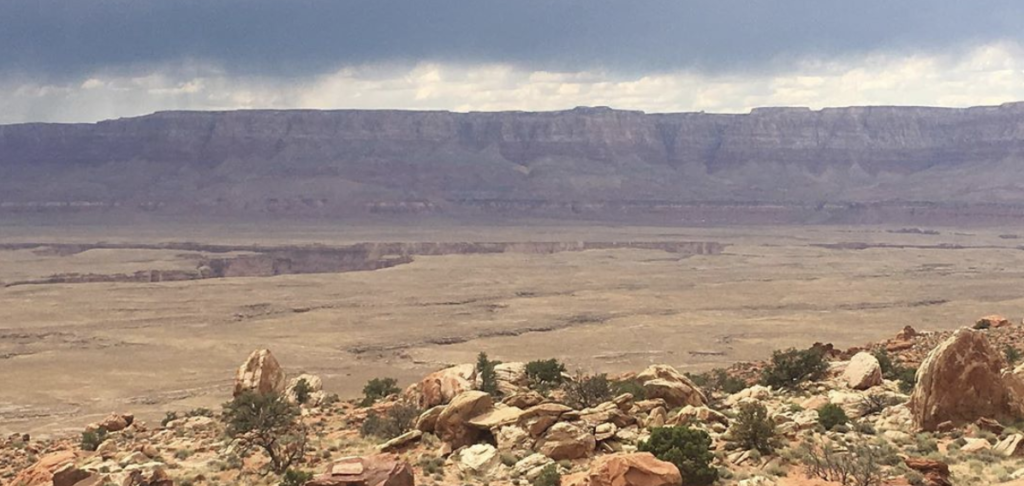
If non-natives do not learn from Native American knowledge, or step down and give the first inhabitants of America their rightful power, the United States suffers from three major consequences:
Bears Ears National Monument is a national monument in southeastern Utah. It is home to many Native American artifacts, like ruins and rock art. In 2016, Obama preserved it as an open space with 1.35 million acres. However, in 2017, the Trump administration reduced the area by 85% for mining, development, agriculture, and other destructive human uses.
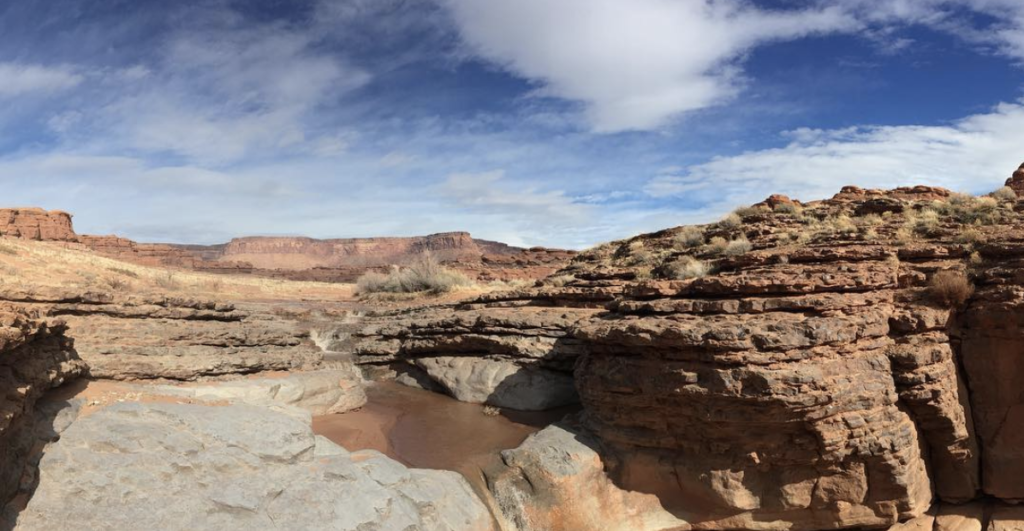

In one Native American oral tradition, from “In the Light of Reverence” they believe that the very beginning of life started with respect for the land. According to this story, the first lesson humankind learned was that the land must be cared for.
Here, the Native American religious tradition of storytelling creates social norms and practices integral to Native American well-being. It enforces ethics and intertwines language with the land. When Bears Ears National Monument’s sacred land is reduced and destroyed, it undermines Native American sacred claims on the land.
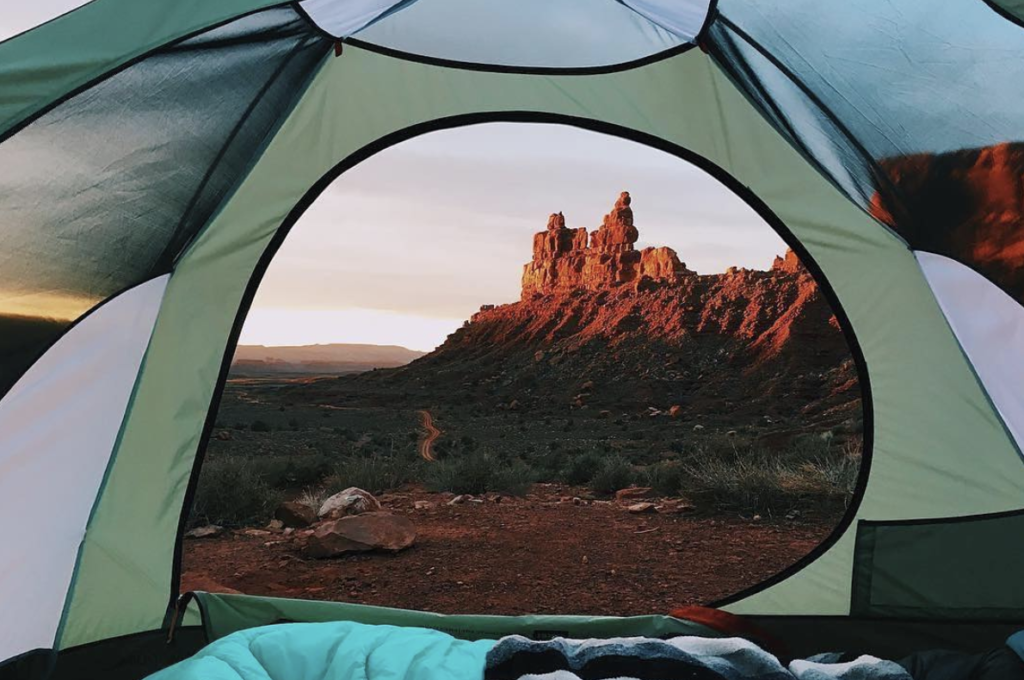

American environmental historian, Donald Worster, argues in “Thoreau and the American Passion for Wilderness,” that the American wilderness is one of the best and most defining parts of America. Worster, and many American environmentalists see the wild as connected to positive images of a flourishing natural world.
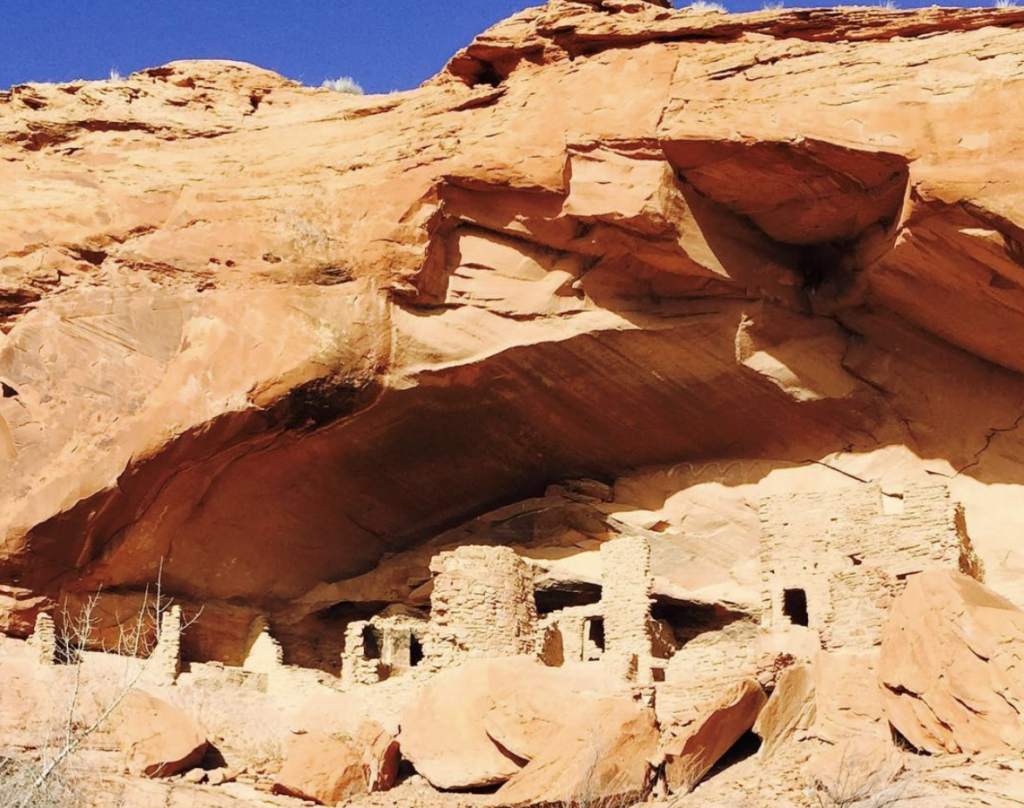

This thought is similar to that of Euro-American colonizers when they first looked out at California and thought they saw a pristine, untouched land. However, they were wrong to believe this. The “wild” land they were looking at was really the result of a complex harvesting system. Native Americans implemented this system years ago, having cultivated it through a religious lens-based on co-existence.
The entire idea of the American wilderness is, therefore, a construct. Colonizers created this construct in an attempt to wipe out the lives of Native Americans who inhabited and cultivated the land a thousand years before their arrival.
Without an understanding of Native American religious values, we will not only misinterpret history, but we will also reduce a culture and dehumanize oppressed cultural groups.
To support and preserve Tribal Existence, check out the Native American Rights Fund.